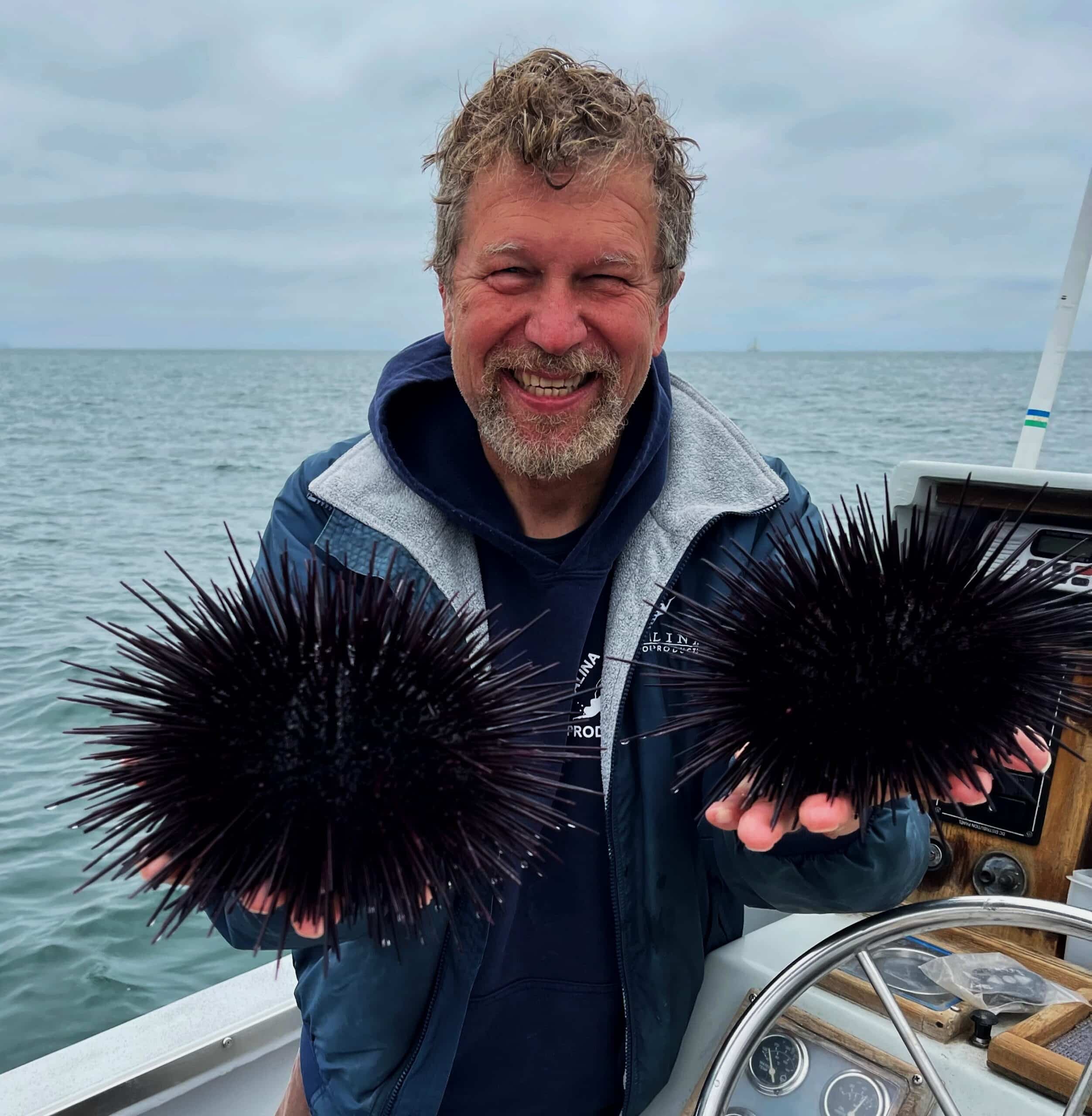
Store Closed June 2 – Rock n Roll Marathon
Catalina Offshore Products Inc will have its main entrance to our facility blocked off for construction. During this time we will have a detour to enter our facility from a slight detour.
FREE Overnight Shipping on orders over $300 ($200 in CA. Some suburbs are not included).
By Rebecca Gardon

Recent studies by ocean conservationist group Oceana report that roughly one-third of U.S seafood is mislabeled. Customers unknowingly may get duped when restaurants and grocery stores substitute a cheaper fish such as tilapia for a more expensive one such as red snapper. Think of it like paying for filet mignon but getting hamburger meat instead. That’s outright fraud, and it’s also illegal.
The idea of seafood mislabeling on the other hand isn’t so black and white, and making distinctions is important.
There’s a lot to consider and retailers are in a tough spot. The FDA recognizes 1,700 marketable fish; however, states have their own guidelines and sometimes state and federal law disagree. In California for example, 13 species of rockfish can be labeled and sold as Pacific red snapper. Yet for someone looking to eat actual snapper, only the species true red snapper fits the bill.
Some fish may be coined with alternative names for marketing purposes. Chilean seabass is actually the more intimidating-sounding Patagonian toothfish. And what sushi restaurants sometimes serve as white tuna or king tuna isn’t tuna at all – it’s escolar. To complicate matters further, escolar might also be labeled on a menu as butterfish, a term that can also apply to the entirely different sablefish, which also goes by black cod.
What can a fish fan do?

Catalina Offshore Products Inc will have its main entrance to our facility blocked off for construction. During this time we will have a detour to enter our facility from a slight detour.

Catalina Offshore Products Inc will have its main entrance to our facility blocked off for construction. During this time we will have a detour to enter our facility from a slight detour.

Catalina Offshore Products Inc announces sale to Beish Holdings Inc., DBA Catalina Offshore Products, as founder Dave Rudie sets sail for retirement after 46 years.

Store Closed June 2 – Rock n Roll Marathon
Catalina Offshore Products Inc will have its main entrance to our facility blocked off for construction. During this time we will have a detour to enter our facility from a slight detour.

Road Closures and Detours for March 15 – March 18
Catalina Offshore Products Inc will have its main entrance to our facility blocked off for construction. During this time we will have a detour to enter our facility from a slight detour.

Catalina Offshore Products Inc announces sale to Beish Holdings Inc., DBA Catalina Offshore Products, as founder Dave Rudie sets sail for retirement after 46 years.